Personal Injury Law Overview
Personal injuries encompass a wide range of injuries to a person’s body, emotions, or reputation, differing from injuries to property rights.

Key Components of Personal Injury Law
Negligence
Definition: Failure to exercise the level of care that a reasonably prudent person would under similar circumstances.
Example: A hunter carelessly shoots his gun toward other people.
Strict Liability
Definition: Holding a defendant liable for an action regardless of their intent or mental state.
Example: A manufacturer is responsible for injuries caused by a defect in their product, even if they did not act negligently.
Intentional Wrongs
Definition: Deliberate acts causing harm.
Example: Battery, assault, or intentional infliction of emotional distress.
Federal Laws
Consumer Product Safety Act: Protects consumers from defective products.
State Laws
Vary by state but typically include regulations on negligence and strict liability.
Example: A state law requiring property owners to maintain safe premises.
Causes of Action
- Injuries resulting from car crashes due to negligent driving.
- Injuries occurring on the job due to unsafe conditions.
- Injuries caused by defective or unsafe products.
Resolutions and Remedies
- Medical Expenses: Coverage for medical treatment.
- Lost Wages: Compensation for lost income due to injury.
- Pain and Suffering: Compensation for physical and emotional distress.
- Punitive Damages: Additional compensation to punish egregious conduct.
